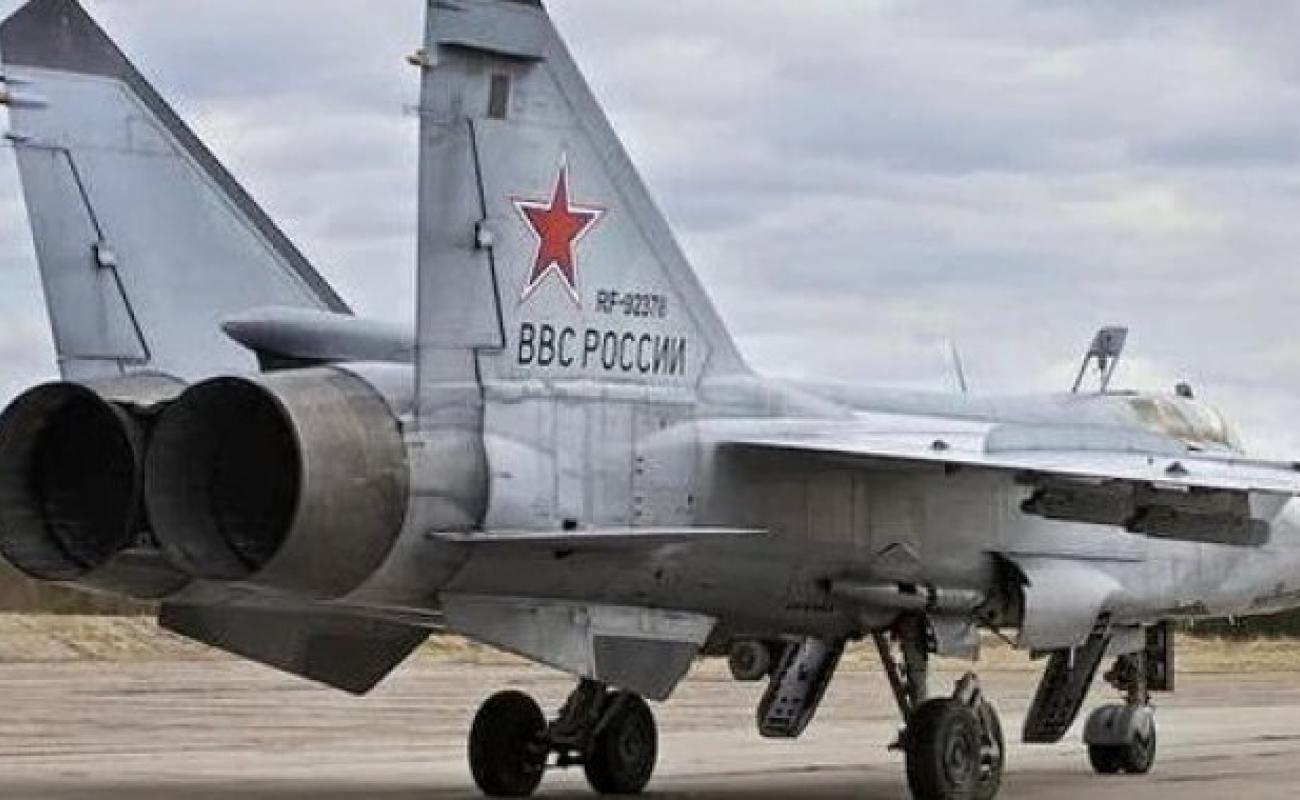Fighter aircraft production in the Russian Federation: 10 years of decline and manipulation

"Since 2014, when sanctions against Russia began to be introduced, a constant degradation of the Russian Federation's fighter aircraft production has been clearly observed. Also, at the same time, a decline in the quality and reliability of the produced aircraft was recorded. And taking into account contemporary trends, there is serious doubt that Russia will be able to get out of the impasse it has fallen into when it comes to aviation.
One of the most prioritized programs for strengthening and modernizing the Russian army was the aviation sector. In the early 2000s, the Russian Air Force required a major rearmament of almost all types of fighter aircraft. And since the 2010s, the replenishment and renewal of the Russian Air Force began to increase every year, reaching the peak of deliveries in 2014 — when 101 units with equipment were delivered.
But after 2014, deliveries started to decrease and product quality degraded. The invasion of Ukraine in 2022 generally significantly reduced the potential of Russian air defense systems. On the other hand, in July, the first deputy general director of the state corporation Rostec, Volodymyr Artyakov, announced that the production of combat aircraft in Russia had doubled.
"For some positions, we have doubled the number of fighter jets we produce for the Ministry of Defense. These are the Su-30, Su-34, Su-35 — they are very effective on the front line," said Artyakov.
At the same time, the actual production indicators say something else. Thus, according to information available in open sources, in 2022 new combat aircraft delivered to the Russian Air Force amounted to 29 units, namely: 10 Su-34 bombers, seven Su-35S fighters, four Su-30SM2, two Yak-130 and 6 Su-57s. Otherwise, no MiG-35S or MiG-35UB were delivered.
And while 2022 turned out not to be the worst year of the decade for Russian fighter jet acquisitions, the decline in inventory is evident, and the prospect of a double-digit growth is clearly non-existent. But that's not the main thing either.
Volodymyr Artyakov pointed out that they managed to achieve production growth thanks to modernization. It is difficult for me to judge how production can be modernized in the era of total sanctions, but the question arises: if Artyakov's words are to be believed, then in 2023 the Russian aviation will be filled with at least 58 aircraft models thanks to this most powerful modernization, but what was it then In 2014, when were 101 planes delivered?
For example, in 2014, 24 Su-35S fighters were delivered annually, which is three times more than in 2022. That is, even after the most powerful modernization, Russian production at the level of 2023 is lower than the production of 2014?
In 2023, the Russian Air Force received two batches of Su-35S fighters, in June and July, but in both cases the number of aircraft was not announced. Even the plane's license plates have been retouched, and according to all that is known, their color is blue. That is, it is difficult to verify the deliveries, especially if you take into account that the planes of the same series could have been delivered twice.
In 2023, an unknown number of Yak-130 aircraft were delivered, one series. Considering deliveries in previous years, it is possible that two aircraft were transferred. The Su-30SM was similarly transferred - one series, without specifics, but it can be assumed that it corresponds to deliveries from 2021 and 2022, that is, two aircraft in the series.
In June, the first batch of Su-34M bombers was delivered. The number was not given, but only two bombers appeared in all the photos and videos of the transmission. The transfer of fighter jets, supposedly fifth generation, Su-57 in 2023 has not yet been carried out.
For the first half of 2023, the following was delivered to the Russian Aerospace Forces:
Su-35S — two series;
Su-34M — one series;
Su-30SM — one batch;
Yak-130 — one series.
At the same time there was no transfer of Su-57 and MiG-35. Taking into account the experience of previous series, it can be assumed that the total number of transferred aircraft is about 10 aircraft. And, considering all of the above, should we believe Volodymyr Artyakov that aviation production in Russia has doubled?
Since 2014, when sanctions against Russia began to be introduced, the continuous degradation of the production of combat aircraft of the Russian Federation is clearly visible. At the same time, there was a decline in the quality and reliability of manufactured products. And taking into account current trends, there is serious doubt that Russia will be able to break out of the impasse in aviation, not to mention some ephemeral increases in production.
